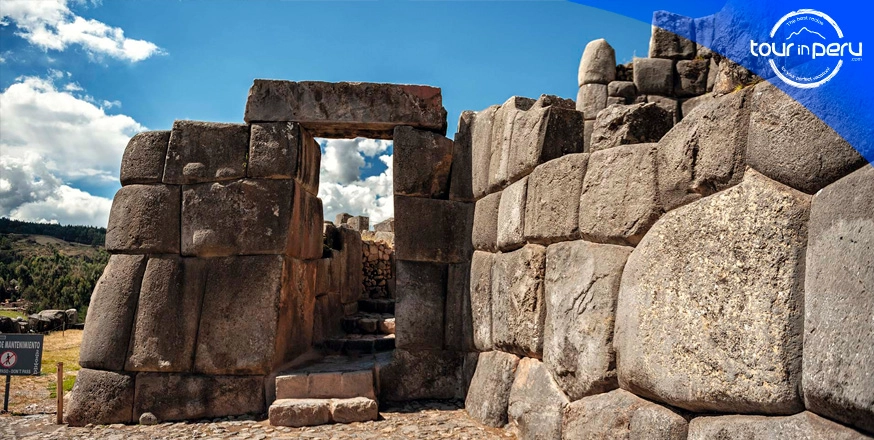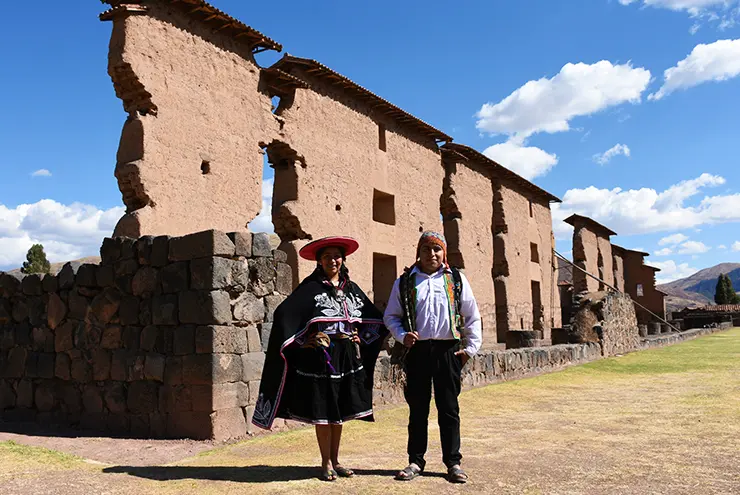Table of Contents
The Inca civilization, with its awe-inspiring architecture, advanced engineering, and rich cultural heritage, continues to captivate people around the world. As one of the most remarkable ancient civilizations, the Incas left behind a legacy that still astounds us today. In this article, we will delve into five fascinating facts about the Inca civilization that will ignite your curiosity and deepen your appreciation for their incredible achievements
Masterful Stone Masonry without Mortar
The Inca civilization is renowned for its impeccable stone masonry. The most iconic example of their architectural prowess is Machu Picchu, the ancient city perched high in the Andes. What makes their construction methods truly remarkable is the precision with which they fitted enormous stones together without the use of mortar. The stones were carefully shaped to interlock perfectly, allowing their structures to withstand earthquakes and the test of time.
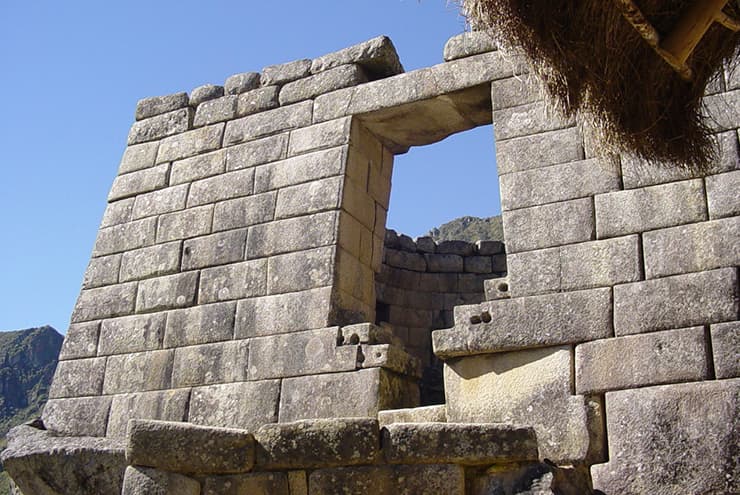
An Ingenious Road Network
The Incas developed an expansive road network known as the Qhapaq Ñan, which stretched over 24,000 miles (39,000 kilometers). This extensive system connected the vast Inca Empire, enabling efficient communication, trade, and military movements. The roads were constructed with meticulous attention to detail, featuring stone paths, tunnels, and suspension bridges that spanned deep gorges. These engineering marvels highlight the Inca’s ability to conquer the challenging Andean terrain.
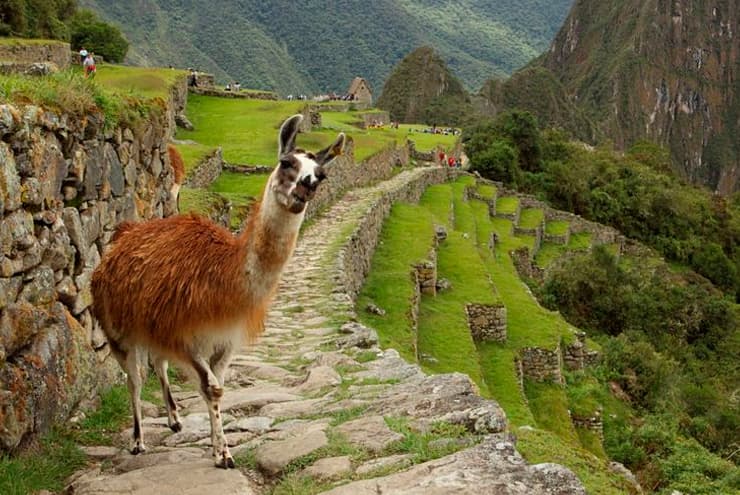
A Sophisticated Agricultural System
In a region characterized by diverse climates and landscapes, the Incas mastered agricultural techniques that allowed them to thrive. They built terraces, known as andenes, on steep slopes to create flat surfaces for cultivation. These terraces prevented soil erosion, conserved water, and created microclimates that supported a wide range of crops. The Incas also developed irrigation systems, including canals and aqueducts, to distribute water efficiently across their agricultural lands.
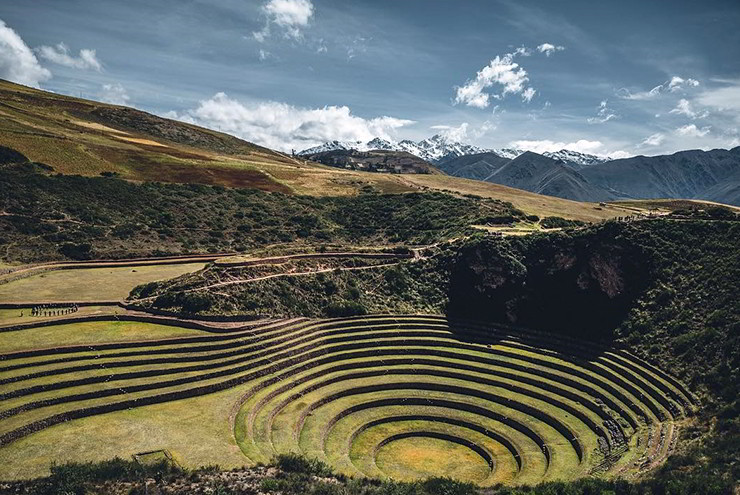
The Remarkable Quipu
The Incas had a unique system of record-keeping called quipu. A quipu consisted of colored strings tied together with knots of various sizes and positions. These intricate arrangements of knots and strings served as a method of encoding and storing information. While the exact interpretation of quipus remains a subject of ongoing research and debate, they are believed to have been used for accounting, census data, and historical records. The quipu is a testament to the Inca’s advanced mathematical and organizational skills.

Inti Raymi, the Sun Festival
The Inca civilization had a deep reverence for the sun, which they considered the most important deity. Each year on the winter solstice, the Incas celebrated Inti Raymi, the Festival of the Sun, to honor Inti, the sun god. This grand ceremony involved elaborate rituals, processions, music, and dance. While the original Inti Raymi was suppressed during the Spanish colonization, a modern reenactment takes place annually in Cusco, allowing visitors to witness this vibrant celebration of Inca culture.
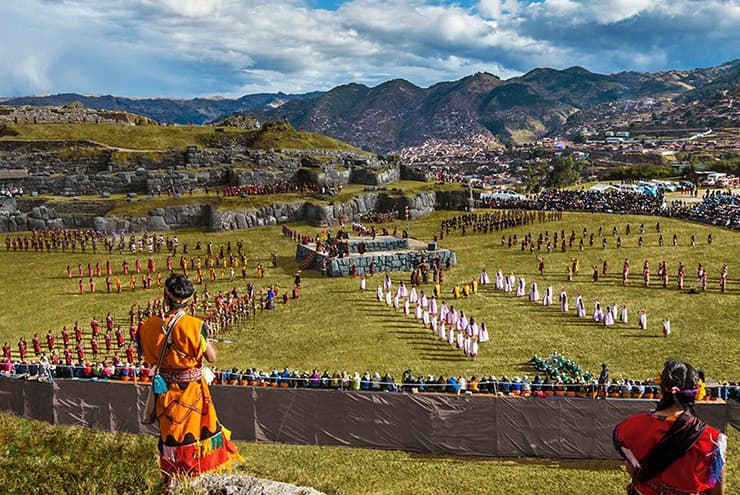
Conclusion
The Inca civilization continues to amaze us with its extraordinary achievements and cultural richness. From their impeccable stone masonry to their advanced agricultural techniques and ingenious road network, the Incas left an indelible mark on history. The quipu and the grand celebration of Inti Raymi further showcase their intellectual and spiritual prowess. Exploring the wonders of the Inca civilization offers us a glimpse into their awe-inspiring world and reminds us of the remarkable ingenuity and resilience of ancient cultures.
Ready to immerse yourself in the wonders of the Inca civilization? Join TOUR IN PERU on an unforgettable journey to Peru.



